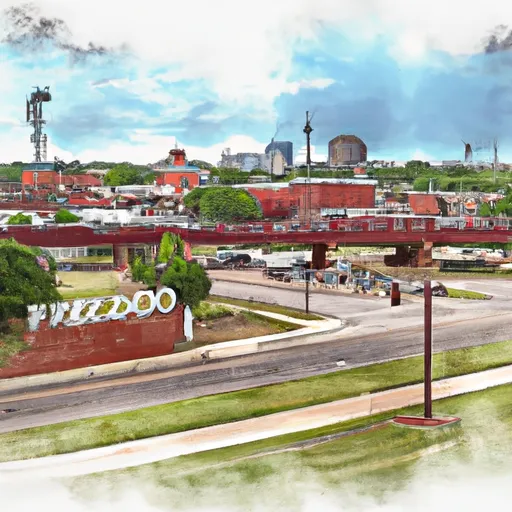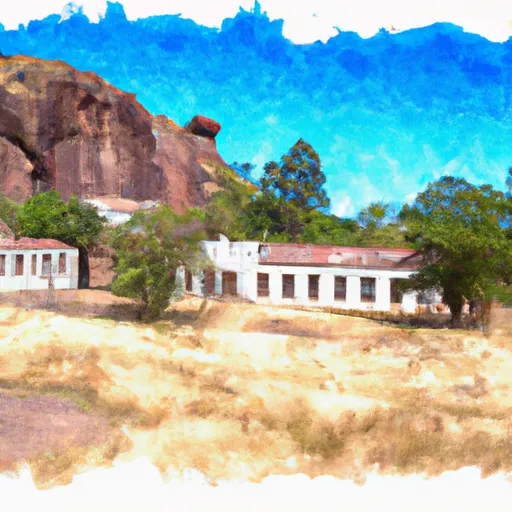°F
°F
mph
Windspeed
%
Humidity











Redford, Texas is a small unincorporated community located in the southwestern part of the state. The town lies in an arid region characterized by a desert climate. Summers in Redford are scorchingly hot, with average temperatures reaching well above 100 degrees Fahrenheit. Winters are mild, and the region receives very little rainfall throughout the year.
Hydrologically, Redford is situated near the Rio Grande River, which forms the border between the United States and Mexico. This river serves as the primary source of water for the region, and its flow is regulated through several dams and reservoirs. The arid climate and limited water resources in Redford make water conservation a crucial concern for the community.
Despite its arid climate, Redford offers various outdoor recreation opportunities. The region's rugged and picturesque landscapes are ideal for hiking, camping, and birdwatching. The nearby Big Bend Ranch State Park provides numerous trails for hiking, biking, and horseback riding. The Rio Grande River is also popular for canoeing and fishing. Outdoor enthusiasts can explore the rich biodiversity of the Chihuahuan Desert and enjoy stunning views of the surrounding mountains.
Weather Forecast
Redford receives approximately 328mm of rain per year, with humidity levels near 77% and air temperatures averaging around 19°C. Redford has a plant hardyness factor of 8, meaning plants and agriculture in this region tend to thrive here all year round.
Nearby Camping
| Camping Area | Reservations | Toilets | Showers |
|---|---|---|---|
| Interior - Big Bend Ranch State Park | |||
| River Road - Big Bend Ranch State Park |



